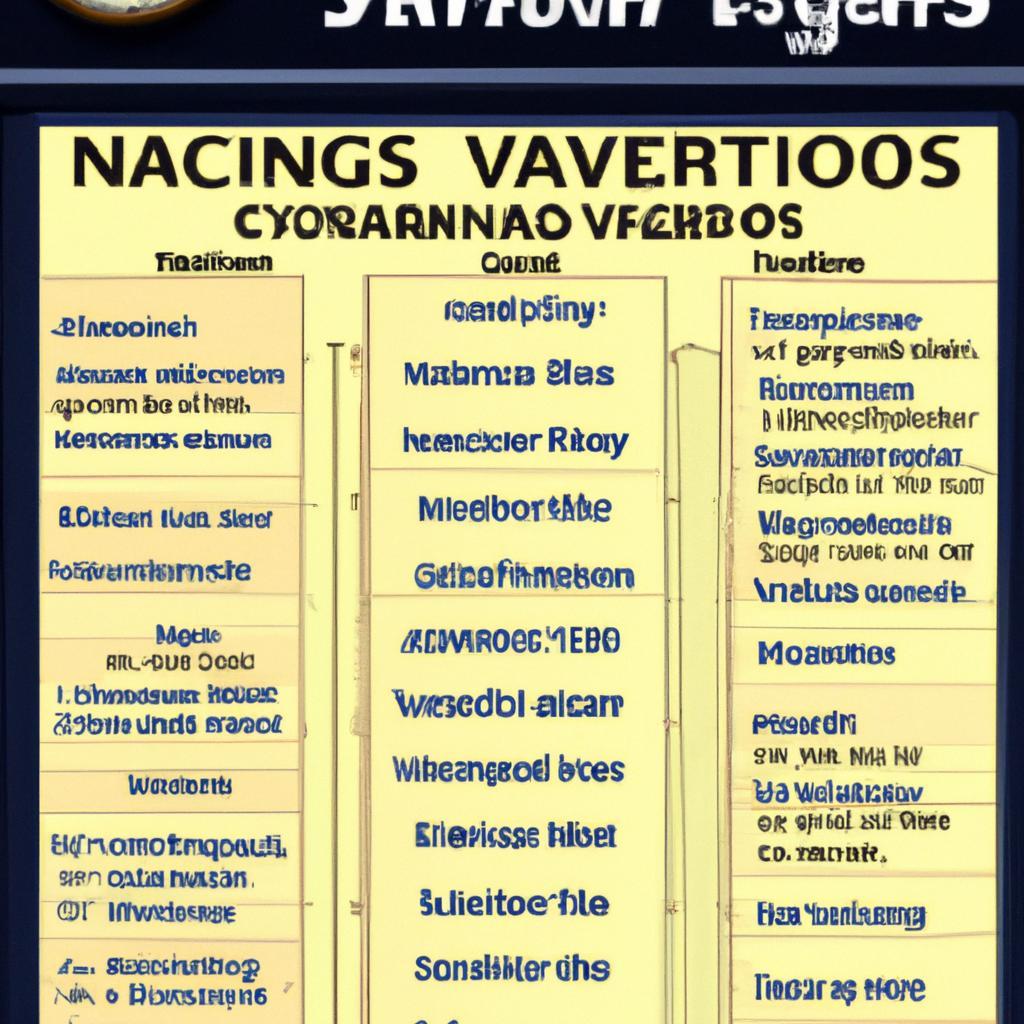In a world that pulses with the rhythm of commerce, shop hours often reflect the cultural heartbeat of a region, dictating when the doors open to welcome eager customers or close briefly to embrace time-honored traditions. As we traverse the globe, we encounter diverse practices that shape our shopping experiences, from the bustling markets of Bangkok to the quaint boutiques of Barcelona. One such phenomenon is the siesta—a cherished midday pause steeped in history and embraced by many Mediterranean cultures, reflecting a lifestyle where rest is just as important as productivity. Coupled with a tapestry of local holidays, varying shop hours create a unique kaleidoscope of opportunities and challenges for both the traveler and the local shopper. This guide offers a comprehensive exploration of how different regions balance work, leisure, and celebrations, providing invaluable insights for those looking to navigate and savor the shopping scene worldwide. Whether you’re planning a getaway or simply curious about global retail rhythms, join us as we unpack the nuances of shop hours around the globe, illuminating how culture shapes commerce in the most fascinating ways.
Understanding Cultural Norms in Shopping Hours
Shopping hours can often feel like a maze when traversing different cultures, each with its own rhythm and pace. In countries where a midday break is customary, like Spain or Italy, the concept of the siesta transforms the shopping landscape dramatically. Stores might close their doors for several hours in the afternoon, prompting both locals and tourists to adjust their schedules accordingly. This break allows shopkeepers and staff the opportunity to recharge and enjoy meals with family, creating a sense of community and balance that might feel foreign in regions that favor continuous service throughout the day. In such contexts, **understanding local customs** becomes essential for a successful shopping experience.
Moreover, certain holidays can significantly alter standard shopping routines. For instance, in many Middle Eastern countries, shopping hours may extend later into the night during Ramadan, as people prefer to shop after sunset meals. In contrast, countries like France might observe a more subdued tempo during national holidays, with shops shuttering entirely to celebrate. It’s vital for international travelers and expatriates to be aware of these variances to avoid disappointment. A quick reference to local calendars can ensure that one’s shopping plans align with these cultural nuances:
| Country | Typical Shopping Hours | Notes |
|---|---|---|
| Spain | 10 AM - 1 PM, 5 PM – 8 PM | Closed for siesta; late-night shopping common. |
| Mexico | 9 AM – 9 PM | Longer hours, often open on weekends. |
| Italy | 9 AM – 12:30 PM, 3:30 PM – 7 PM | Afternoon closures; some shops may close for lunch. |
| Saudi Arabia | 10 AM - 1 PM, 4 PM - 12 AM | Extended hours during Ramadan; shopping peaks after sunset. |

Maximizing Your Shopping Experience During Siestas
Embracing the local culture during your travels goes beyond sampling delicious food and stunning sights; it’s also about effectively aligning your shopping schedule with customary practices like the siesta. To make the most of your shopping experience, consider the following tips:
- Plan Ahead: Research shop hours in advance, as many establishments close in the early afternoon for siesta and reopen in the evening.
- Timing is Everything: Aim to shop early in the morning or closer to reopening time to avoid the disappointment of locked doors.
- Explore Off-Hours: Use the downtime during siesta to explore lesser-known markets or visit cafes, allowing you to interact with locals and discover unique products once shops reopen.
In your quest to snag the best deals and unique finds, understanding the local rhythm will go a long way. Here’s a brief overview of typical siesta hours in different regions:
| Region | Typical Siesta Hours |
|---|---|
| Spain | 2:00 PM – 5:00 PM |
| Italy | 1:00 PM - 4:00 PM |
| Mexico | 1:00 PM - 3:00 PM |
| Greece | 2:30 PM – 5:30 PM |
Understanding these rhythms will not only enhance your shopping experience but also give you a deeper insight into the lifestyle of the region. When siesta occurs, take the opportunity to relax, enjoy local refreshments, and mentally map out your next shopping destination for when the shops reopen.

Planning Ahead: Key Holidays That Affect Retail Access
Understanding the impact of major holidays on retail access is crucial for both consumers and business owners alike. Different cultures celebrate unique traditions and holidays that can significantly alter shopping hours and accessibility. For instance, during Christmas and New Year’s, many countries observe extended hours but also face closures on specific days. On the other hand, the observance of Eid in predominantly Muslim countries generally leads to the temporary shutdown of businesses to allow families to celebrate together. It’s essential to stay informed about these variations to plan shopping trips effectively.
Additionally, the concept of “siestas” in countries such as Spain and Italy presents another layer of complexity in retail access. During midday, many shops may close, leaving only certain services available during those hours. Store operations can also be affected during national holidays like Independence Day or Labour Day, when various businesses may unexpectedly shut down or alter their schedules. Below is a concise table highlighting some key holidays and their expected impact on retail hours.
| Holiday | Common Retail Hours | Notes |
|---|---|---|
| Christmas | Closed on Dec 25; Open Dec 24 9am-6pm | Varies by region |
| Eid ul-Fitr | Closed first day of Eid; Reduced hours afterwards | Holiday duration can vary by country |
| Independence Day | Closed July 4; Open July 5 10am-8pm | Festivities may affect hours |
| Labour Day | Usually closed on Sep 4; Some open later | Celebration of workers’ rights |
Wrapping Up
As we wrap up our journey through the fascinating tapestry of global shop hours, siestas, and holidays, we’re reminded of the rich cultural nuances that shape our shopping experiences. Whether you’re strolling through the vibrant markets of Spain during a midday siesta or navigating bustling streets during a local festival in Brazil, understanding these rhythms is essential for any savvy traveler or shopper.
In a world that is increasingly interconnected, the importance of respecting and embracing these diverse customs cannot be overstated. Knowing when to shop—or when to pause—can transform a mundane errand into a delightful exploration of local life. So, as you plan your next adventure, keep this guide close at hand. Embrace the unexpected closures, relish the midday breaks, and immerse yourself in the traditions that define each destination.
After all, shopping is not merely a transaction; it’s an invitation to connect with cultures and communities around the globe. Happy exploring!
